A man in his 70s with acute chest pain and paced rhythm.
Dr. Smith's ECG Blog
MAY 8, 2023
Edits by Meyers and Smith A man in his 70s with PMH of hypertension, hyperlipidemia, type 2 diabetes, CVA, dual-chamber Medtronic pacemaker, presented to the ED for evaluation of acute chest pain. Why is there this notion that myocardial infarction cannot be diagnosed in the setting of ventricular paced rhythm?


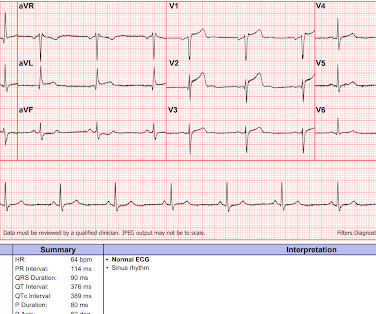
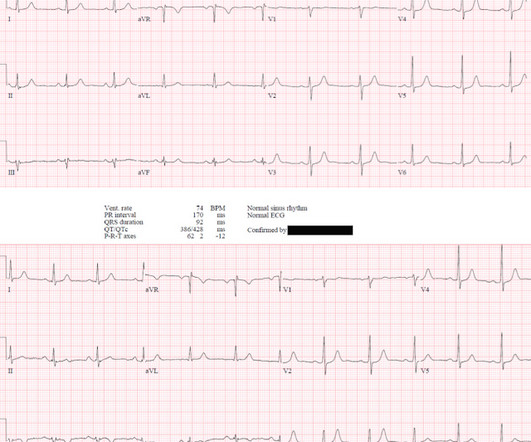

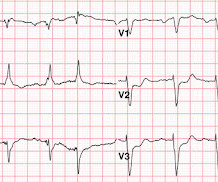
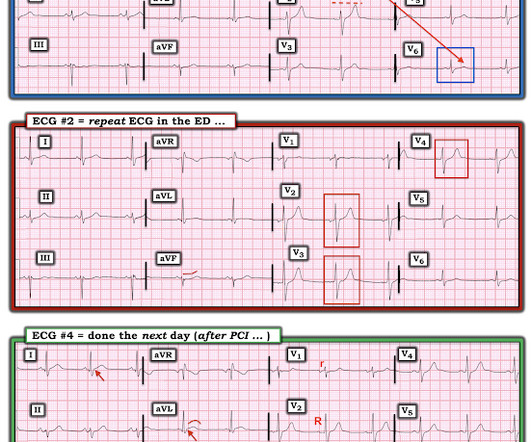
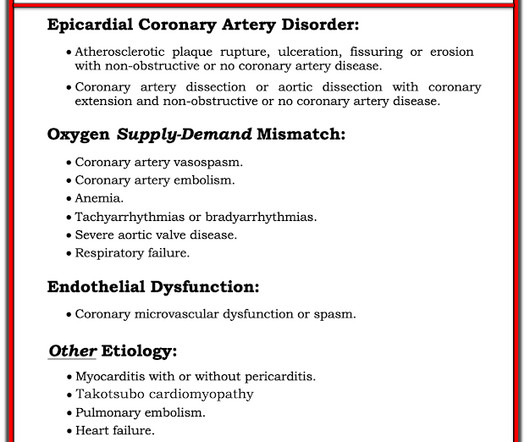
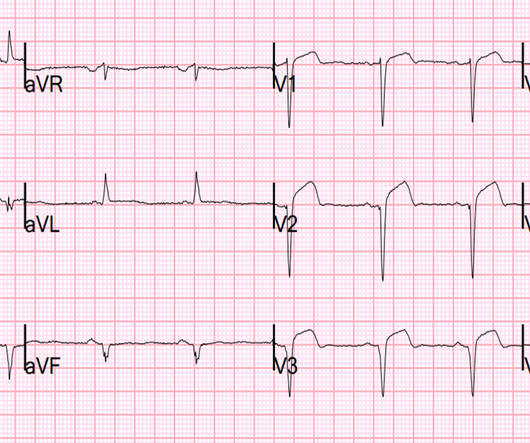
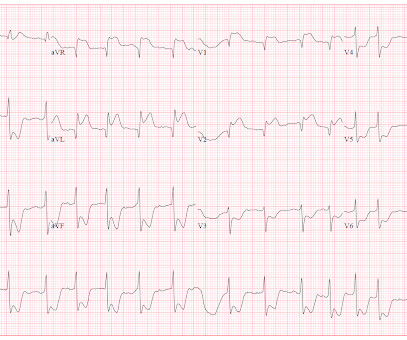
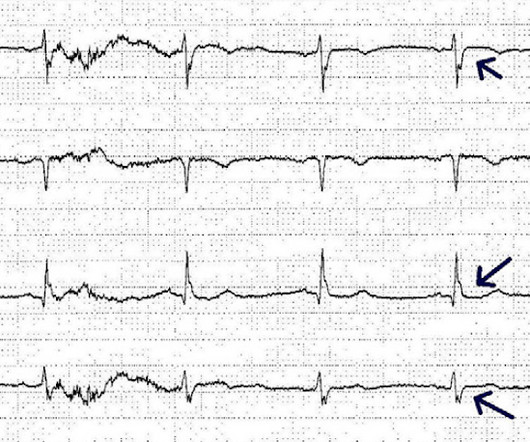









Let's personalize your content